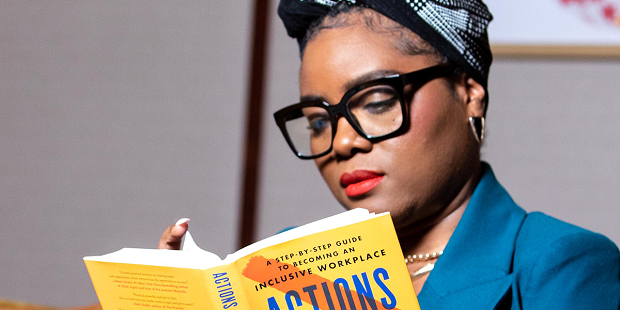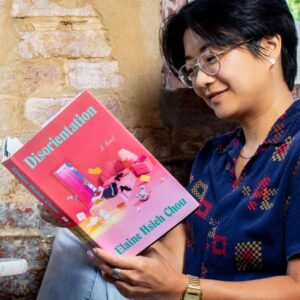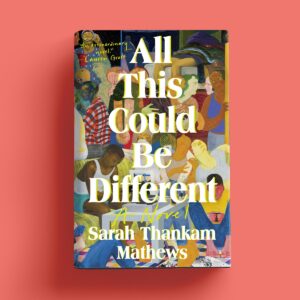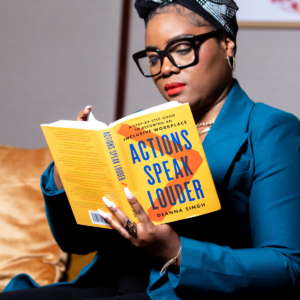As part of the companywide DE&I effort to increase diverse representation in the content we acquire, publish, and market, Penguin Publishing Group’s Multicultural Marketing team produced the Inclusive Image Campaign from November 2022 through January 2023. This multi-title campaign focused on the use of diverse and inclusive lifestyle images to reach multicultural readers, as part of a larger series of research and development campaigns that tested strategies to reach a broader, more inclusive audience.
Campaign Overview:
As readers and authors, multicultural audiences have been historically underrepresented. The Inclusive Image Campaign sought to address a 2021 Facebook report, which found that 54 percent of consumers don’t feel culturally represented in online ads. Furthermore, the survey of 1,200 people found that 71 percent of consumers expect brands to promote diversity and inclusion in online advertising. With the findings from this consumer report in mind, we used Google (display, managed placements) and Instagram as ad vendors to test the efficacy of careful audience targeting in conjunction with images that reflect the communities we seek to reach. In addition, we conducted A/B testing comparing a standard “book flat lay” image (the left column of images in the grid below) to an “inclusive lifestyle” image (right column).
For this campaign, we selected the titles Disorientation by Elaine Hsieh Chou (Penguin Press), All This Could Be Different by Sarah Thankam Mathews (Viking), and Actions Speak Louder by Deanna Singh (Portfolio) to test our hypothesis that consumers would respond better to advertising where they were culturally represented. The multicultural marketing team conducted research to identify target audiences for each title—for example, AAPI college students and fans of Asian American literary fiction, South Asian and LGBTQ+ millennial readers, and Black young professionals working in business, leadership, and DE&I. The PPG ad/promo team assisted with curated site lists of media that meaningfully cater to each audience segment.
Our team partnered with Mariah Miranda, a queer South Asian commercial photographer based in Washington, D.C., to produce a series of images featuring fifteen diverse models. Miranda has worked for brands like the Human Rights Campaign and the Women’s March, and has produced images for corporate campaigns that seek to authentically capture a community. The result was a body of images that beautifully represented the diversity of our authors, books, and readers.
Takeaways:
The results from the tests on both Google and Instagram were mixed, and the standard book flat lay yielded the highest click-through-rate performance across many of the tests. CTR is a meaningful metric here to help determine how effectively we were both reaching readers and having them engage with our offering. Our data did help us identify which site placements were most successful on Google, which will continue to improve our targeting for multicultural advertising.
Departing from the overall track record noted above, however, we did see a higher engagement rate on the inclusive lifestyle image used for Actions Speak Louder in our Google campaign. Consumers who arrived on the page through this particular ad set engaged with more content at a higher rate than other visitors did. Similarly, this image did well on Instagram. It was the only ad set where the lifestyle image performed better than the flat lay on Instagram. The success of this specific lifestyle image points toward using simple images with a human touch, perhaps specifically for nonfiction titles. The human element might appeal more emotionally with a nonfiction book, especially one on a complex but vital topic. We look forward to continuing our research and testing in this area, to better understand how to package ads that speak to multicultural readers.









